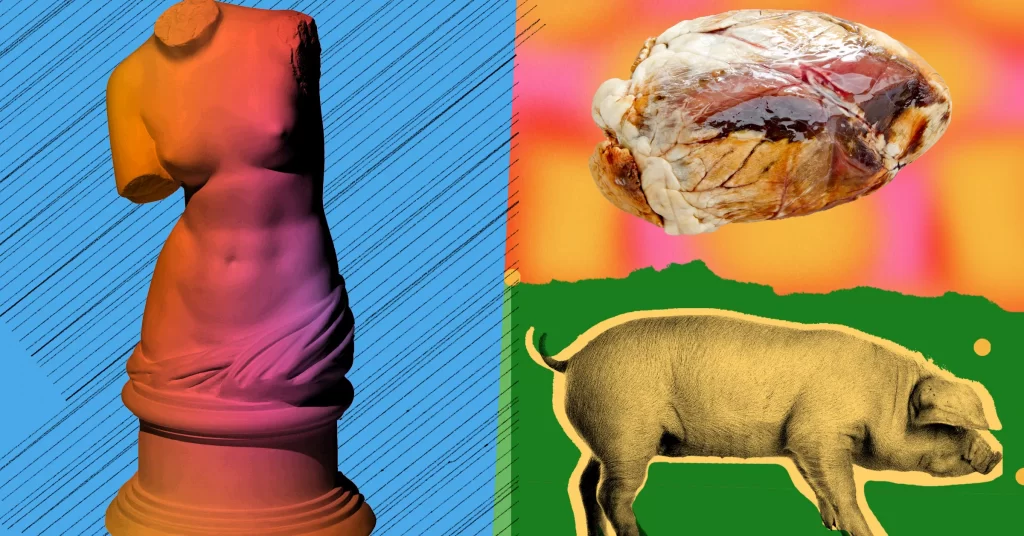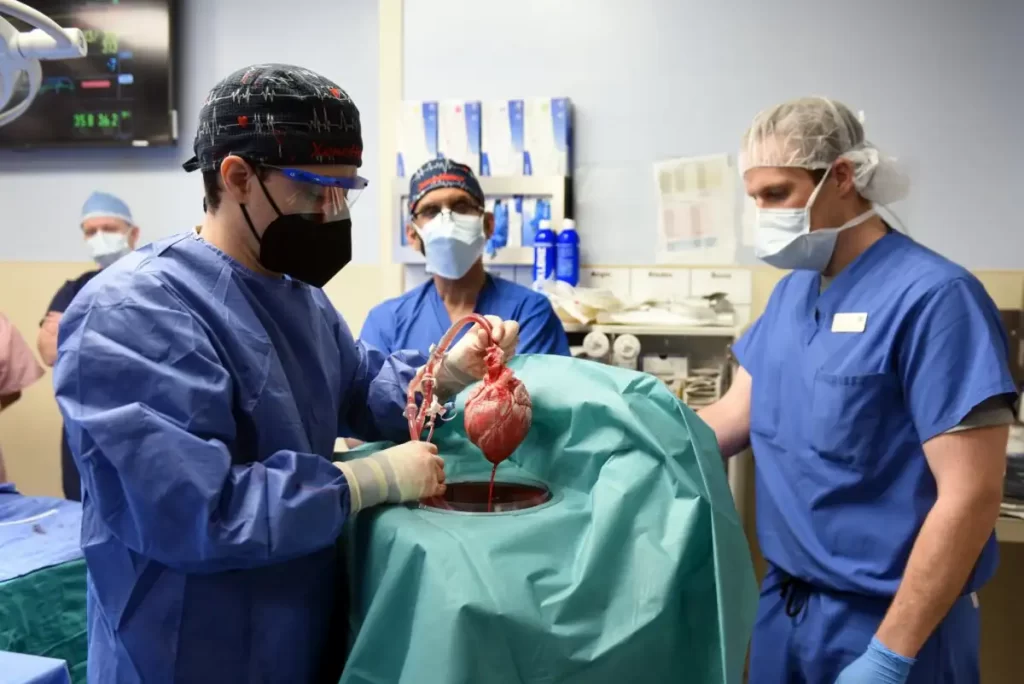The need for life-saving organ transplants has never been greater. In 2021, a total of 41,000 organ transplants were conducted in the United States, with the highest numbers for kidney, liver, and heart transplants. However, the scarcity of donor organs continues to be an issue. Over 100,000 individuals are now on the transplant waiting list in the United States, and many more are unable to join due to tight qualifying rules and racial inequities in access.
A team at the Miromatrix laboratory in Minneapolis is developing a procedure that entirely removes the animal cells from the organ, leaving only a rubbery honeycomb framework. Human liver cells are then pumped back into the liver, filling up the gaps and resuming the organ’s activities. Miromatrix intends to conduct first-of-its-kind human testing in 2023, beginning with an experiment performed outside of the patient’s body, but all of this is subject to FDA permission. “It all seems science fiction-y, but it has to start somewhere,” said Dr. Sander Florman, transplant director at Mount Sinai Hospital in New York, one of six facilities seeking to participate in the liver-assist trial.

Different types of tissues from genetically engineered pigs are already being tested in humans. In China, researchers have transplanted insulin-producing pancreatic islet cells from gene-edited pigs into people with diabetes. A team in South Korea says it’s ready to try transplanting pig corneas into people once it gets government approval. And at Massachusetts General Hospital, researchers announced in October that they had used gene-edited pig skin as a temporary wound covering for a person with severe burns. The skin patch, they say, worked as effectively as human skin, which is much harder to obtain.

While animal-to-human transplants have received a lot of attention recently, many attempts to transplant animal cells, tissues, and organs into people have been made during the last 60 years, with varying degrees of success. Because of a scarcity of donor organs in the 1960s, kidney transplantation was not widely used. Ethical and legal considerations made obtaining live donors difficult, and organs acquired from deceased donors did not fare well.


